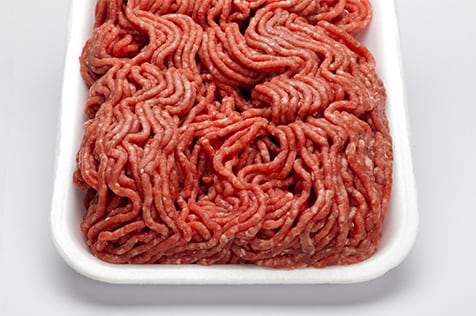Salmonella and Ground Beef
Large E. coli O157 outbreaks in the early 1990s linked to undercooked ground beef drove numerous changes to the food safety system. These changes reduced E. coli O157 contamination of ground beef and reduced the number of E. coli O157 outbreaks from ground beef. In contrast, Salmonella outbreaks associated with ground beef have not decreased in recent years, and since 2016, several large outbreaks resulted in nearly as many illnesses and more hospitalizations than all the Salmonella outbreaks linked to ground beef during the previous 36 years. A recent analysis found that from 2012 to 2019, 27 Salmonella outbreaks were linked to beef consumption. These outbreaks highlight several ongoing concerns, including the emergence of a multidrug-resistant strain of Salmonella Newport and the role of dairy cows in contamination of ground beef. Much like E. coli O157 30 years ago, ground beef contaminated with Salmonella now causes a substantial burden of illness, and additional efforts to prevent these outbreaks are needed. Reducing outbreaks and illnesses of Salmonella from ground beef involves interventions at the farm level (“preharvest”), at slaughter and processing, and in home and restaurant kitchens.
CDC is assessing interventions that target each of these points along the farm to fork continuum. Currently, CDC is working to explore the roles of policies related to preharvest interventions; to promote the adoption of effective interventions during slaughter and processing; to conduct formative evaluations to understand consumers’ knowledge, awareness, perceptions, and attitudes concerning irradiation as a tool to improve the safety of ground beef; and to assess who becomes sick in ground beef outbreaks and their individual and community-level risk factors to better inform communication and education materials and prevention strategies.
Learn about other foodborne, waterborne, and fungal disease prevention priorities.
Salmonella and Ground Beef
